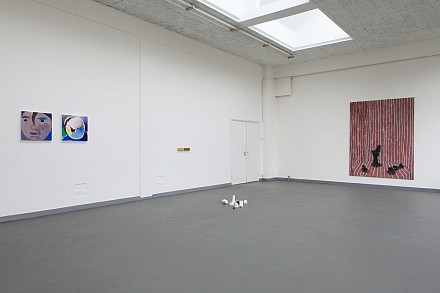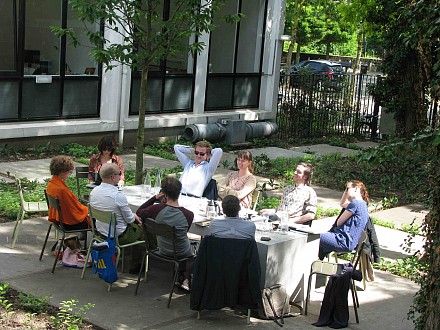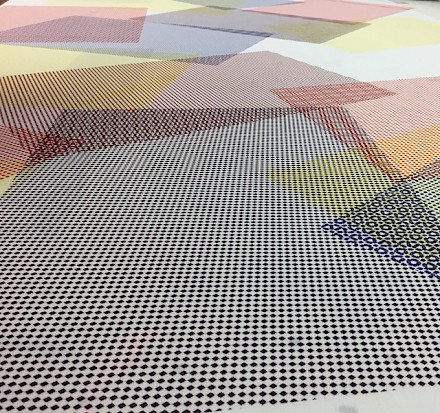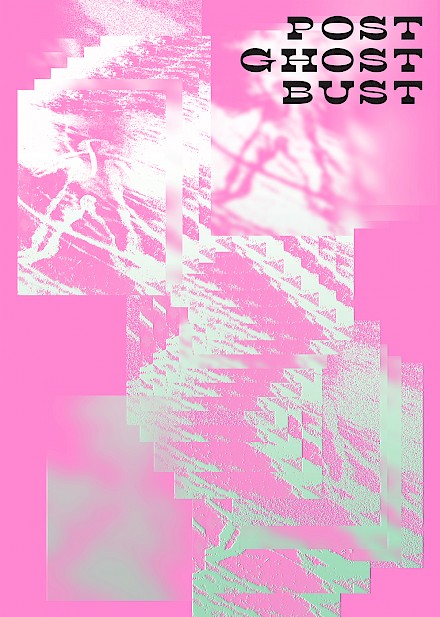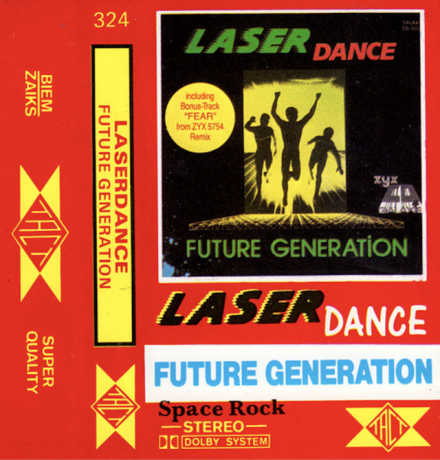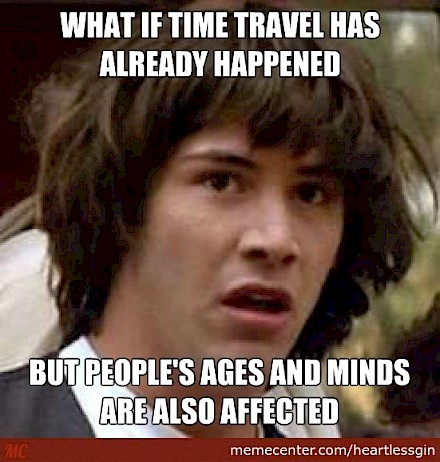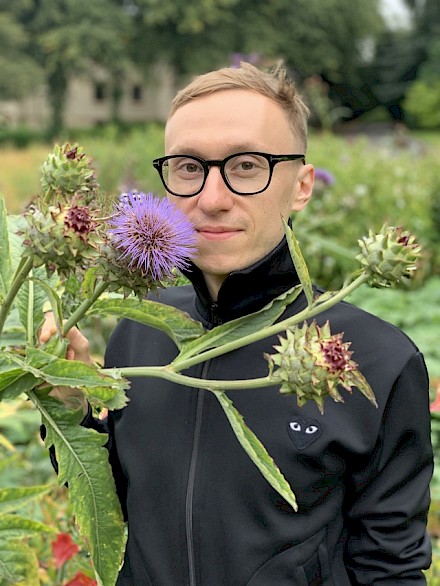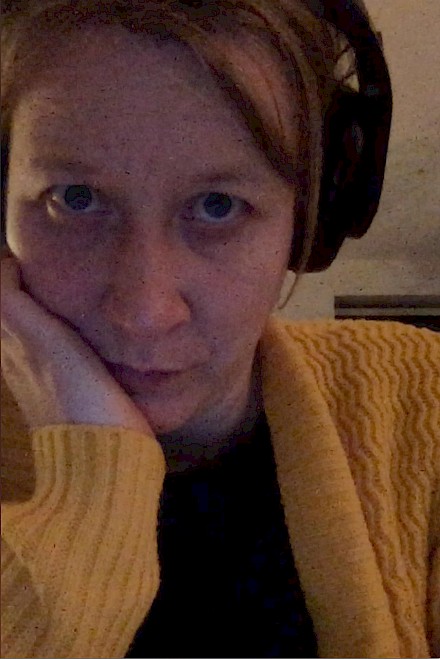In-Labs
In-Labs are collaborative projects established by 2-5 current participants. An In-Lab offers participants the opportunity to join together, share curiosities, develop or research a certain subject, study something in depth, and broaden their critical views. The projects enable our participants to enhance their knowledge and skills in their own field of expertise, or, on the contrary, within another discipline. External guests can be invited to collaborate and (public) events are often organised to expand the projects' breadth. This makes every In-Lab a unique elaboration of the Van Eyck program, both for external audiences and our own participants.
Participants taking part in an In-Lab can access the academy's labs - Wood and Metal, Photography and New Media, the Library, Food lab, Lab for Nature Research, Printing and Publishing.
Each year we house between five and seven In-Labs. Below are examples of our last year's projects:
2018-2019:
Magical Riso In-Lab
This In-Lab has been established on the occasion of the Magical Riso Biennale taking place from 16-18 November 2018 at the Van Eyck.
The Magical Riso In-Lab approaches the biennale from a curious and investigative standpoint that ventures beyond the unique formalist qualities of Riso as a technique. As much as we can take the distinctive merits of the Riso process as a starting point for a conceptual investigation into the process of production, we are curious to think and act through (and potentially against) its aesthetic qualities, its formal histories, its cultural contexts and its current significance. The project sheds light on such matters as the materiality, spatiality and temporality of, assumingly, two-dimensional (riso)prints; object-oriented reading of a (riso)print; and the act of producing the print/monument as an act to erase (forget) as opposed to mark/archive (remember).
Scores & Structures: From Mind To Map To Muscles In-Lab
Organized by Andrea Canepa, Nina Glockner, Dasha Tsapenko. Graphic design and contribution: Ted Yoon (Van Eyck alumnus).
This In-Lab explores the relation between body and space, and between body and body – thinking of objects also as bodies – from two different points of view: from within the body as by performing/writing this relation; from outside the body as by observing/reading how this relation develops. It aims to identify and understand the structures within our bodies (somatic structures) vs the structures that articulate outside our bodies and that we are embedded in (social structures).
Under the Influence of Colour In-Lab
Organized by Anne Huijnen, Marente van der Valk, Lyndon Barrois Jr, Ana Guedes and Ed Begley, and has invited visual artist Addolely Dzegede and Food Artist Celene Plecé as collaborators.
Under the Influence of Color invokes the distinct sensory elements that contribute to the perceptual soup we call atmosphere (color, smell, taste, light, sound). The manipulation of light leads to the wrangling of color, influencing the degree to which it is suppressed, liberated, differentiated, or assigned meaning. Color functions as an invitation or deterrent; as informant or signifier; and as aid to seduction or disgust. What if these codes were somehow re-framed and remixed? Using food as a primary catalyst, Under the Influence of Color examines the parallels between bodily ingestion and visual consumption, from the naturally occurring, distilled, and synthesized contexts of food and image, and the mechanisms of production and application that have ensued.
Post Ghost Bust In-Lab
Organized by Van Eyck participants Aram Lee, Chen Jhen, together with Donghwan Kam.
This In-Lab looks at ghosts not in terms of belief but in terms of a technology of mediation to stimulate a meta level of society. The narrative of the ghost is deeply tied to each individual community. The ghost has existed as a collective memory or inscription of the past. We attempt to open a possibility of new forms and new interpretations of the ghost as a social mediator.
The Department Of Speculative Facts In-Lab
Organizes by Quenton Miller, Karoline Swiezynski and Lietje Bauwens.
This joint project experiments with the reading and staging of text, and the agency of a text in relation to the limits of language and the authority of narrative. It aims to distinguish trivial bafflement from productive bafflement, while questioning the definition of productivity, that can move us away from existing values – in and relations – to language towards the construction of new concepts. The backbone of the In-Lab is an exchange of letters commissioned by two professional fact checkers from the New York Times, speaking about the procedures for creating objectivity and truth.
